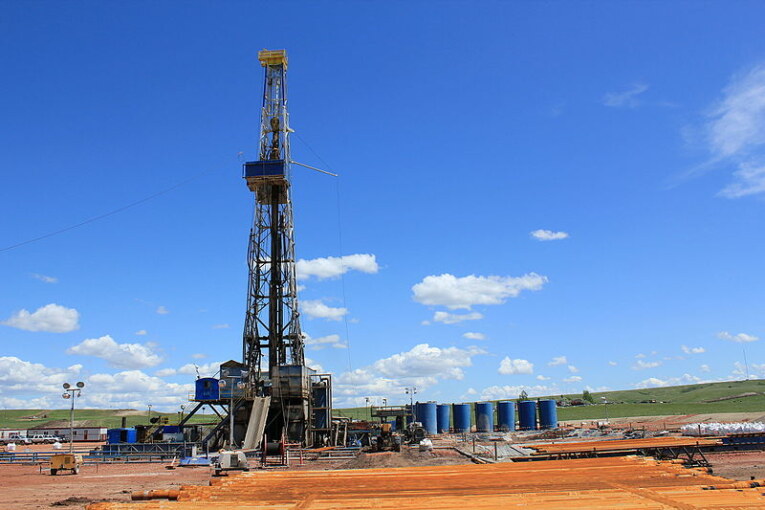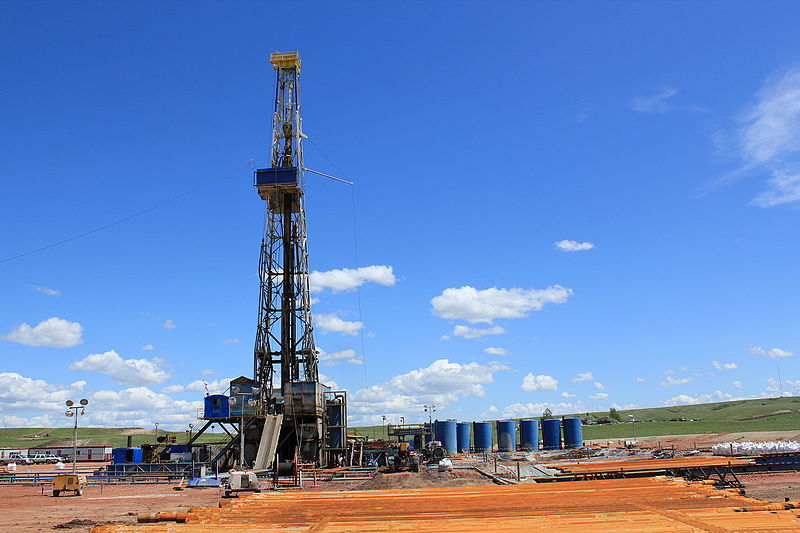

U.S. energy firms this week added oil and natural gas rigs for a fifth week in a row as high prices and prodding by the government prompts drillers to return to the wellpad.
The oil and gas rig count, an early indicator of future output, rose two to 695 in the week to April 22, its highest since March 2020, energy services firm Baker Hughes Co said in its closely followed report on Friday.
Since Russia invaded Ukraine on Feb. 24, the U.S. government has asked drillers to produce more oil and gas to help allies wean themselves off Russian energy.
U.S. oil rigs rose one to 549 this week, their highest since April 2020, while gas rigs also gained to 144, matching a number last touched in early October 2019.
Even though the rig count has climbed for a record 20 months in a row through March, weekly increases have mostly been in single digits and oil production is still far below pre-pandemic record levels as many companies focus more on returning money to investors and paying down debt rather than boosting output.
U.S. crude production was on track to rise from 11.2 million barrels per day (bpd) in 2021 to 12.0 million bpd in 2022 and 13.0 million bpd in 2023, according to federal energy data. That compares with a record 12.3 million bpd in 2019.
Top oilfield service firms, including Baker Hughes, Schlumberger, and Halliburton Co posted stronger year-over-year first quarter profits and forecast higher margins this year as activity recovers after the coronavirus pandemic.
Oil prices climbed to their highest in more than a decade during the quarter as Russia’s invasion of Ukraine upended global supply dynamics.
With U.S. crude prices up about 36% so far this year after soaring 55% in 2021, a growing number of energy firms said they plan to boost spending for a second year in a row in 2022 after cutting drilling and completion expenditures in 2019 and 2020.
The 2021 spending increase, however, was small and much of it went toward completing wells drilled in the past, known in the industry as drilled but uncompleted (DUC) wells.
Analysts said the industry must drill new wells going forward because the number of DUCs available was dropping fast.
You can read more of the news on source



